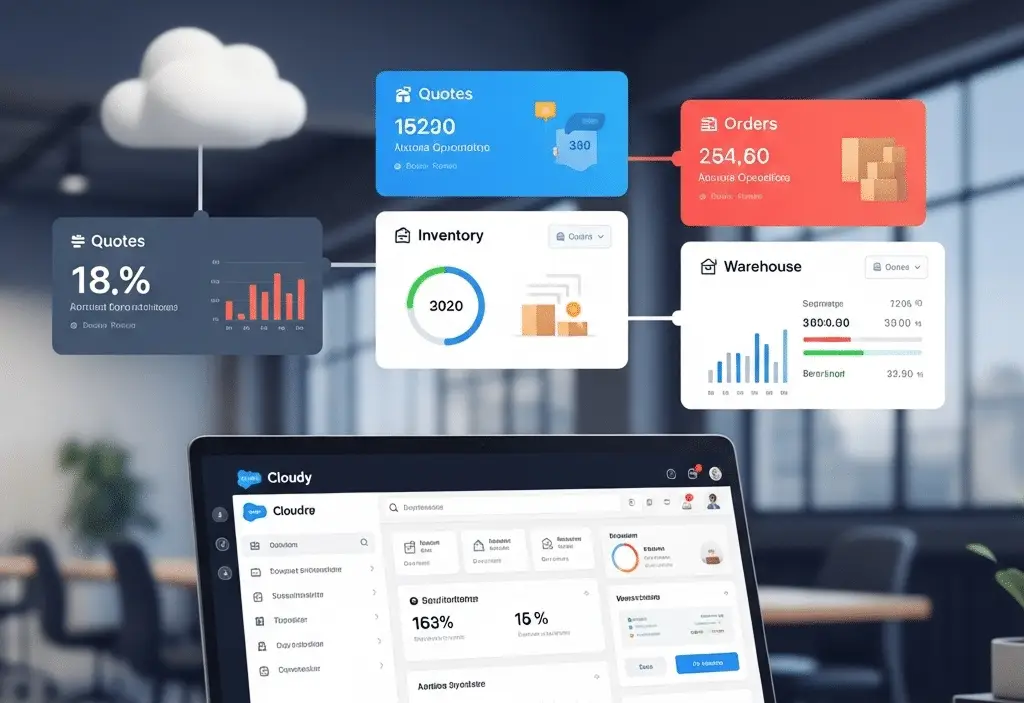
 Allocation
Allocation
The Allocation object in Cloudy Business Ops 360 represents the process of linking a Payment to a specific Invoice or Bill. In financial operations, allocation ensures that payments received from customers (or payments made to vendors) are properly distributed and recorded against the correct financial documents.
This allows organizations to maintain clear reconciliation, accurate outstanding balances, and transparent audit trails across their accounts receivable and accounts payable.
For Customer Payment Allocation, payments can be Allocated in the system, see the Invoice Payment Allocation Section below & for Vendor Bill Allocation , payments can be Allocated in the system, see the Bill Payment Allocation below.
Key Purpose of Allocation
- Payment Reconciliation: Tracks how a payment is applied against invoices or bills to maintain accurate financial records.
- Outstanding Balance Tracking: Shows how much of a payment has been allocated vs. how much remains unallocated.
- Financial Transparency: Provides visibility into which invoices/bills have been fully paid, partially paid, or are still pending.
- Audit & Compliance: Maintains an auditable trail of when and how payments are allocated.
Status Values Explained
- Allocated – The payment has been successfully applied to an invoice or bill.
- Pending – Allocation is created but not finalized, awaiting approval or further processing.
- Reversed – An allocation has been undone, typically due to refunds, errors, or reallocation.
Use Cases in Cloudy Business Ops 360
- Customer Payment Allocation:
- A customer pays $1,000 against multiple invoices.
- Allocations are created to distribute the payment amount across those invoices.
- Vendor Bill Allocation:
- A vendor receives a partial payment.
- The allocation records how much of the bill is cleared.
- Partial & Overpayments:
- Allocations ensure partial payments are tracked correctly.
- Overpayments can remain unallocated and later applied to future invoices.
- Reversals & Adjustments:
- Allocations can be reversed if applied to the wrong invoice or if a refund is issued.
Example Scenario
- Invoice: INV-1001 for $500
- Payment Received: $300 from Account XYZ
- Allocation Created: $300 allocated to INV-1001
- Status: Allocated
- Remaining Balance: $200 still due on the invoice
This ensures the system reflects that a partial payment was made, leaving a clear outstanding balance.
![]() SEE ALSO :
SEE ALSO :
_____👉Invoice
_____👉Bill
_____👉Invoice Payment Allocation
_____👉Bill Payment Allocation












